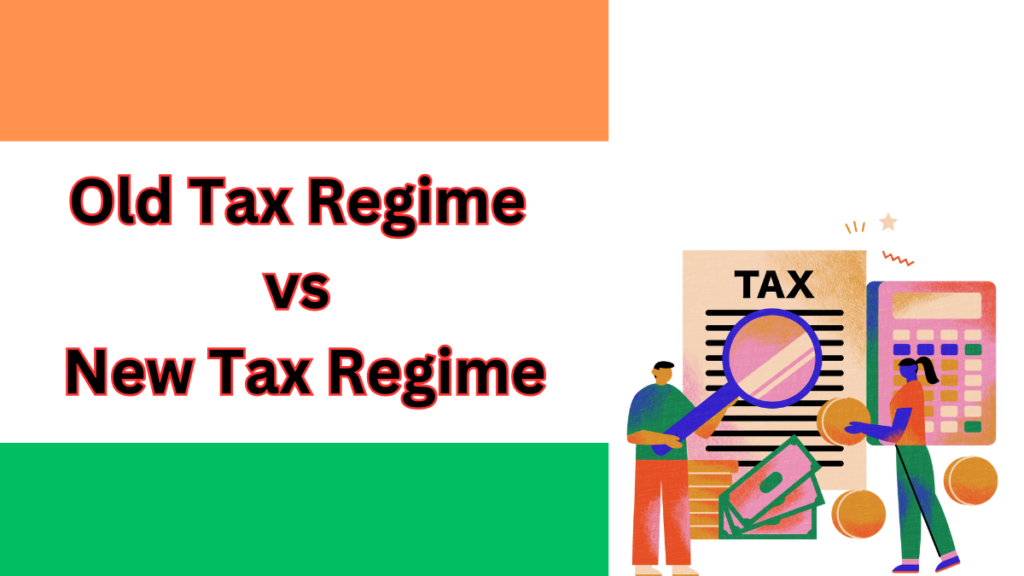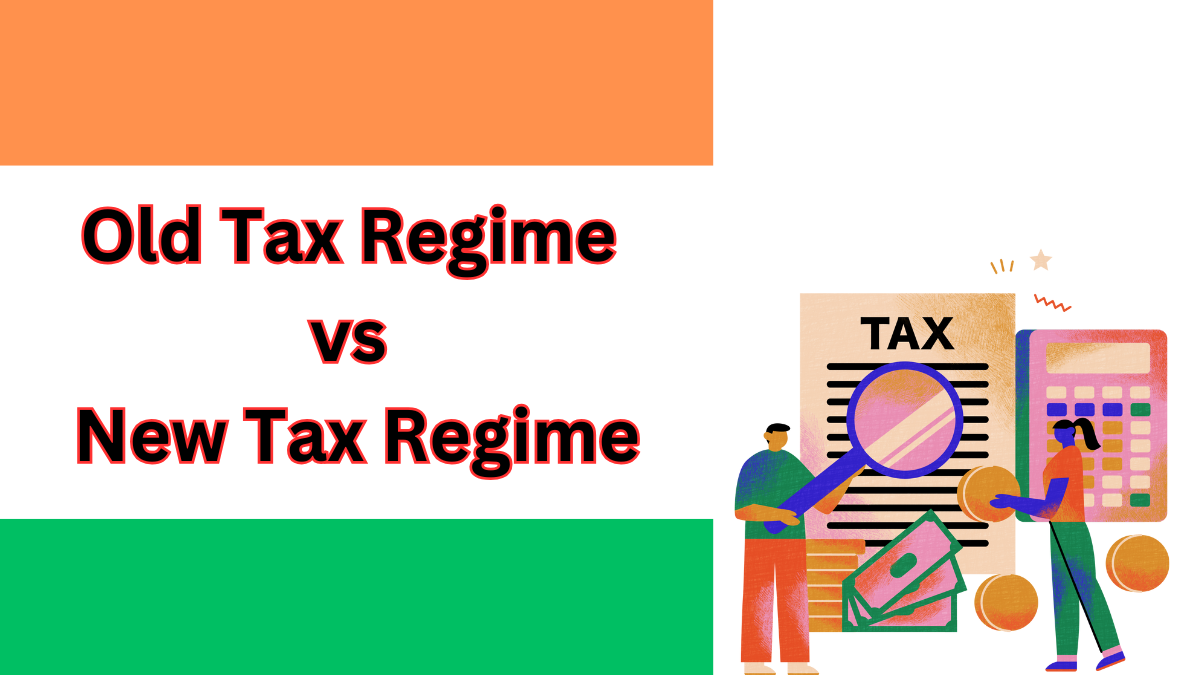With the Union Budget 2025 introducing modifications to tax slabs, many taxpayers are left contemplating whether to continue with the old tax regime or shift to the new one. The latest adjustments have made earnings up to ₹4 lakh tax-free and revised the tax structure for higher-income groups. Notably, individuals earning up to ₹12.75 lakh per year will now pay zero tax.
While the old tax regime remains unchanged, it still provides various deductions and exemptions that can lower taxable income significantly. The new tax regime, on the other hand, offers a simplified structure with reduced tax rates but minimal deductions. So, how do these two systems compare? Let’s break it down using a salary of ₹15 lakh as an example.

Comparing Tax Liability: Old vs. New Regime
Tax Calculation Under the Old Regime (₹15 Lakh Salary)
Tax Slabs (Old Regime)
- ₹0 – 2.5 lakh: 0%
- ₹2.5 lakh – 5 lakh: 5%
- ₹5 lakh – 10 lakh: 20%
- Above ₹10 lakh: 30%
Deductions and Exemptions (Old Regime)
| Deduction Type | Amount (₹) |
|---|---|
| Standard Deduction | 50,000 |
| Section 80C (Investments) | 1,50,000 |
| Section 80D (Medical Insurance) | 75,000 |
| Home Loan Interest (Section 24B) | 2,00,000 |
| Additional NPS Deduction (80CCD(1B)) | 50,000 |
| HRA Exemption (Assumed) | 3,00,000 |
| Total Deductions | 5,25,000 + 3,00,000 |
Tax Calculation (Old Regime)
- Gross Salary: ₹15,00,000
- Less Deductions: ₹8,25,000
- Net Taxable Income: ₹6,75,000
- Tax Payable: ₹49,400 (Including 4% cess)
Tax Calculation Under the New Regime (₹15 Lakh Salary)
Tax Slabs (New Regime)
- ₹0 – 4 lakh: 0%
- ₹4 lakh – 8 lakh: 5%
- ₹8 lakh – 12 lakh: 10%
- ₹12 lakh – 16 lakh: 15%
- ₹16 lakh – 20 lakh: 20%
- ₹20 lakh – 24 lakh: 25%
- Above ₹24 lakh: 30%
Deductions (New Regime)
| Deduction Type | Amount (₹) |
| Standard Deduction | 75,000 |
| Total Deductions | 75,000 |
Tax Calculation (New Regime)
- Gross Salary: ₹15,00,000
- Less Deductions: ₹75,000
- Net Taxable Income: ₹14,25,000
- Tax Payable: ₹97,500 (Including 4% cess)
Which Regime Should You Choose?
Opt for the Old Regime If:
- You make significant tax-saving investments (PPF, EPF, ELSS, NPS, home loan, insurance premiums, etc.).
- You can claim HRA and other exemptions.
- You are comfortable managing investments for tax benefits.
Opt for the New Regime If:
- You do not have many deductions to claim.
- You prefer a straightforward tax structure with fewer investment commitments.
- Your salary structure does not include HRA benefits.
Role of HRA in Tax Savings
House Rent Allowance (HRA) can make a significant difference under the old tax regime. However, there are conditions to claim HRA and home loan interest deductions simultaneously:
- You must live in a rented house while owning another house elsewhere.
- The owned house must be under construction or located in a different city.
- If the owned house is rented out, you may still be eligible for HRA benefits.
FAQs
- Can I claim both HRA and home loan benefits?
- Yes, provided you meet specific conditions, such as living in a rented house while owning property elsewhere.
- Which tax regime is better for salaried individuals?
- It depends on your income structure and investment strategy. If you maximize deductions, the old regime may be beneficial.
- Does the new regime offer any deductions?
- The new regime allows only a standard deduction of ₹75,000, unlike the old regime, which offers multiple exemptions.
- How do I decide which tax regime to choose?
- Consider your financial goals, available deductions, and investment strategy before making a decision.
By carefully assessing these factors, you can make an informed choice about which tax regime suits your financial situation best.
Click here to learn more
Sachin is a dedicated writer specializing in education, career, and recruitment topics, delivering clear and actionable insights to empower readers.
